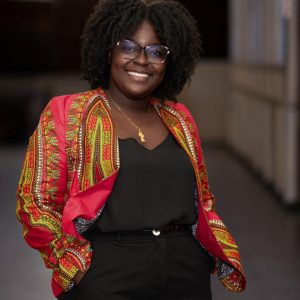– VP Jagdeo
THE 28th Conference of Parties to the United Nations Framework Convention on Climate Change (COP28) in Dubai has concluded with enormous commitments made and agreements reached, but many developing nations have received very little assistance to lessen the effects of climate change after the international conference.
At a press conference on Thursday, Guyana’s Vice President, Dr. Bharrat Jagdeo who last week returned from Dubai, told reporters he was disappointed that no headway was made to advance the carbon market.
He noted that while Guyana has entered a voluntary market, which will see the country raising US$750 million for preserving its forests, a structured mechanism could create a ‘greater incentive’ for Guyana and other developing countries.
WHAT ARE CARBON MARKETS AND WHY ARE THEY IMPORTANT?
In a nutshell, carbon markets are trading systems in which carbon credits are sold and bought.
“We thought that advancing the carbon markets will create greater incentives for countries that are forested to ensure that they can raise money through the market mechanism to out compete alternate use and therefore preserve their forests without taking away the forest as a development tool in the arsenal of these countries. People live in the forest, they earn from the forest. The forest are not museum pieces for anybody in the northern part [of] our world and we had a setback on that,” Dr. Jagdeo said.
Since 2007, Guyana has been lobbying for a structured carbon market-based mechanism to simultaneously preserve its forests and pursue development.
“We embarked on our own route in Guyana. A unique example, we launched one of the first low- carbon development strategies in the world.”
In 2009, the country launched the first Low Carbon Development Strategy (LCDS) from a developing country, setting out a vision for inclusive, sustainable development, while simultaneously maintaining the country’s forests.
This paved the way for Guyana to enter a voluntary market.
The country’s first deal was made with Norway, and Guyana was able to earn some US$250 million to keep its forests intact.
Now, in 2023, Guyana continues to earn money for the greenhouse gases trapped by its standing forests after the Architecture for REDD+ Transactions (ART) issued the world’s first TREES credits to Guyana.
Following the completion of an independent validation and verification process and approval by the ART Board of Directors, ART issued 33.47 million TREES credits to Guyana for the five-year period from 2016 to 2020. This paved the way for a historic agreement between Hess Corporation and the Government of Guyana, whereby the oil giant opted to purchase about one-third of all Guyana’s credit (issued and anticipated) up to 2030.
The country’s forests store 19.6 gigatonnes of carbon dioxide.
“We embarked on our own route in Guyana. A unique example, we launched one of the first low carbon development strategies in the world.”
However, many developing countries, especially those in Africa, depend on the United Nations to support them in their efforts to preserve their forests.
“There are a lot of very good countries that have good polices in Africa surrounding the forest, who have preserved the forest, [but] they are not going to get that financing at the magnitude that we got because we struck out on our own.”
Meanwhile, Dr Jagdeo also expressed disappointment over the inadequate funds to support climate-adaptation measures for developing countries.
“They struck out all of the language that spoke about the north, the rich countries providing predictable financing for adaptation… Everyone recognises the need to do it. They recognise that without it countries face an existential threat, they recognise that the countries don’t have the capability, the financial capacity to do and yet they are unprepared to assist them to it,” he lamented.
Through Guyana’s sale of carbon credits, the country is able to generate funds to support climate adaptation and developmental projects in the hinterland regions of the country.
Earlier this year, the country received its first payment from the sale of US$75 million (or GY$15.6 billion). 15 per cent of this was allocated to community/village-led programmes for Indigenous Peoples, while the remaining 85 percent was allocated for adaptation measures outlined in the country’s LCDS.



.jpg)








